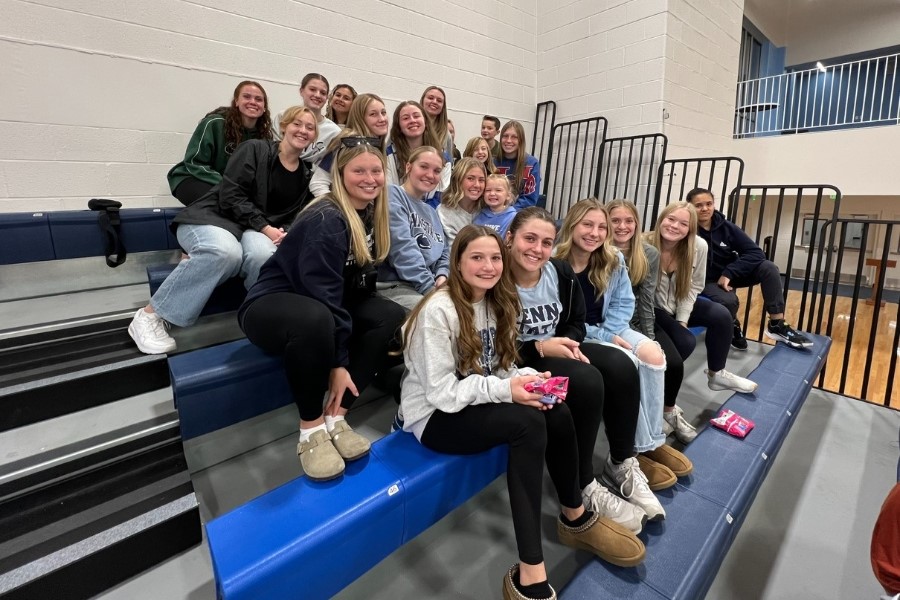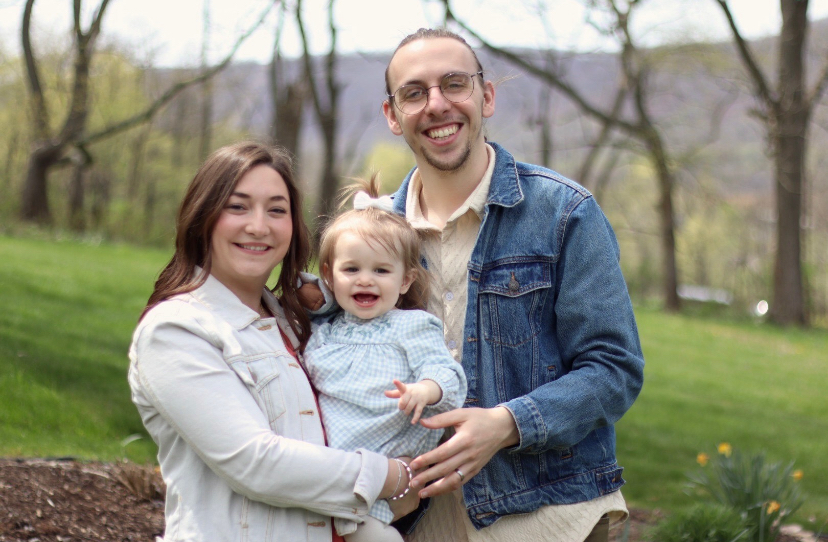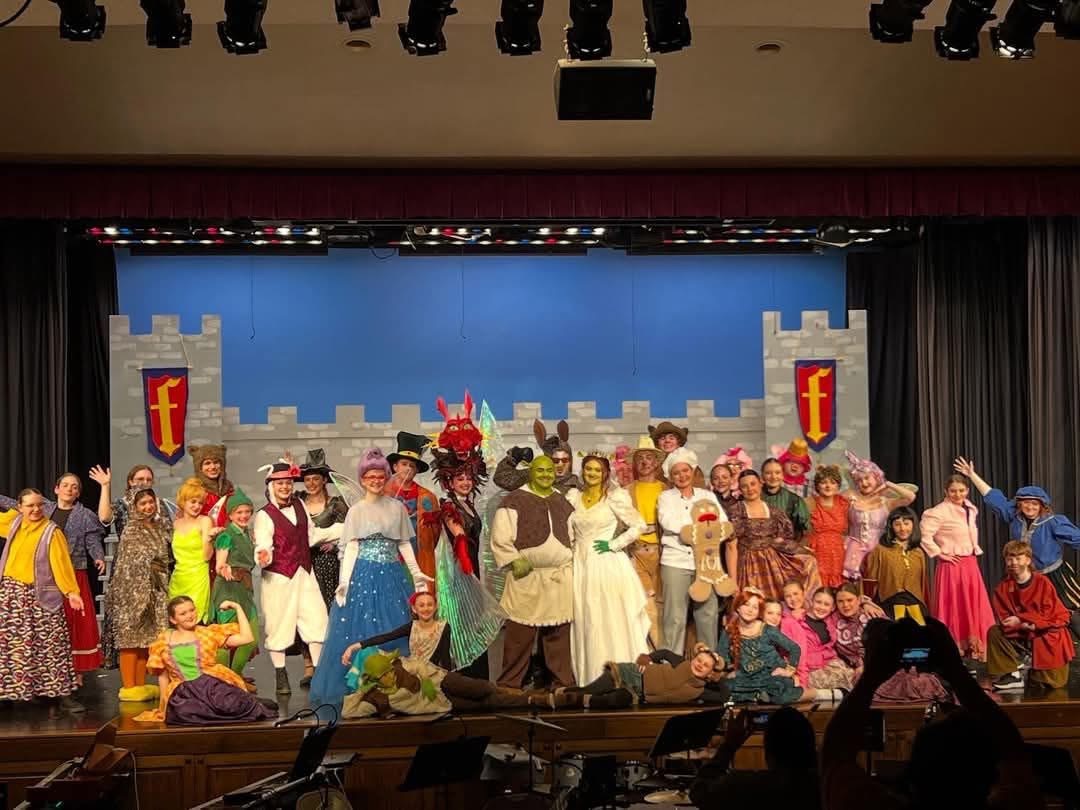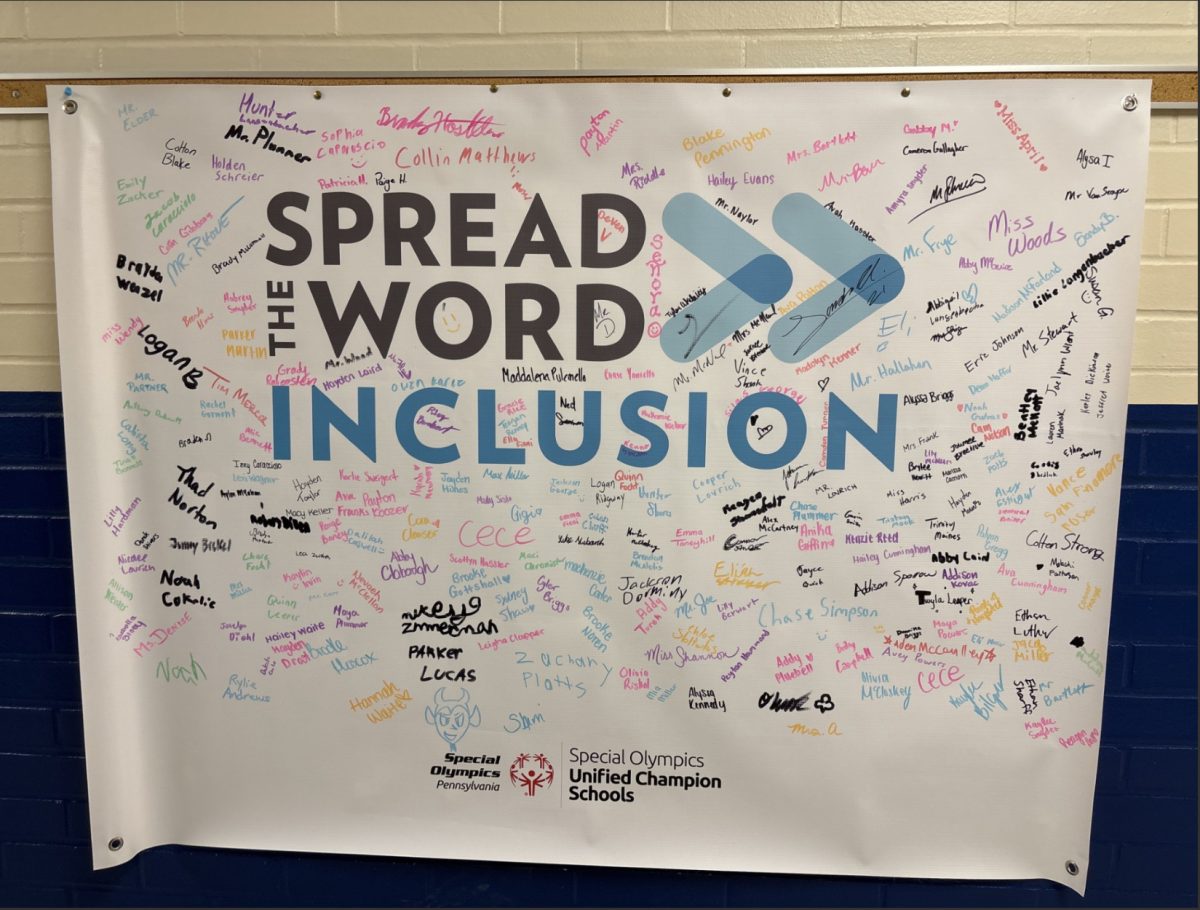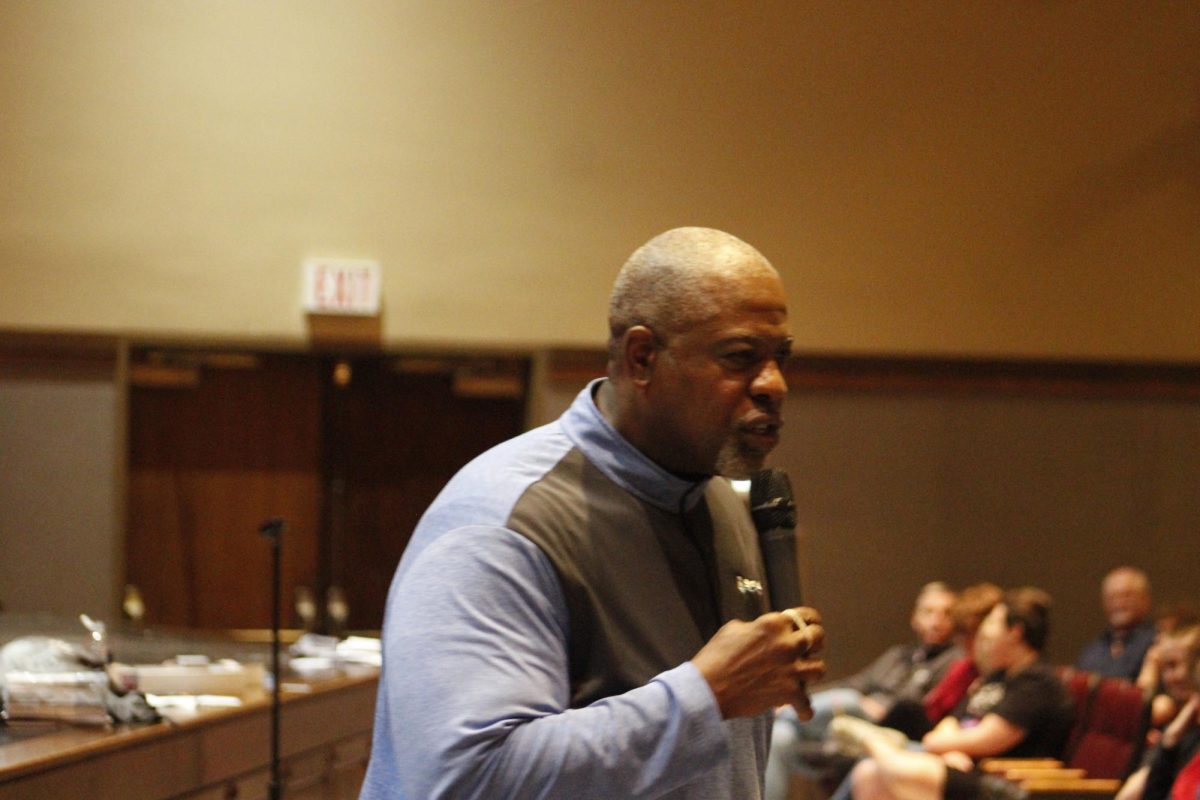The NCAA women’s Final Four concluded last weekend with South Carolina completing a perfect 38-0 season with a victory over Caitlyn Clark and the Iowa Hawkeyes.
The presence of Clark was a factor in bringing more eyes to the women’s game than ever before. The three games averaged 13.9 millions viewers on television, and the 18.9 million people who watched the final doubled last year’s viewing audience.
The fact is, the game of women’s college basketball is advancing, and players are becoming more known. Players like Caitlyn Clark, Angel Reese, and Paige Bueckers have become more known through their NIL deals and sponsorships. There have been many commercials and ads made with these players from companies like Nike, Dunkin’, Gatorade, and State Farm. According to NIL database On3, Clark has already made around $3.1 million through NIL deals, which is the fourth most of any college athlete.
Area coaches think the increased attention on the women’s college game is a very good thing.
“I think the talent in women’s basketball right now is top notch,” said Bellwood-Antis girls varsity coach Kyley Longo-McGarvey. “Talents like Caitlyn Clark, Angel Reese, Paige Buekers, Juju Watkins, Flaujae Johnson, MiLaysia Fuwiley, Te-Hina PaoPao, and Cameron Brink are a driving force in the uprising of women’s basketball. It isn’t a coincidence that all these players are currently at the college level. Women’s basketball has always been good, there have always been great talents, they have the benefit of NIL and social media along with their talents helping to propel the game.”
Coach Longo-McGarvey said being able to connect with current players is a big factor in growing the game, especially for aspiring young girls.
“Growing up I was fortunate to have a connection through my middle school coach to Pam Webber, who played for UConn on their first national title team,” Coach Longo-McGarvey said. “Every year we went to either Pitt or Penn State to watch them play and meet the team. I will never forget when we got to go out to eat with the team and got to sit across from Sue Bird and Swin Cash. Seeing them play and hearing about the hours of work it took to get them there gave me a purpose to my work and drove me to push myself at a young age.”
English teacher Kerry Naylor, who coaches girls basketball at Tyrone, said the attention the girls game has gotten has shined a light on how good women’s basketball really is.
“I was at church the day after the semifinals and everyone, men and women, boys and girls, were buzzing about the moving screen call in the UConn-Iowa game, and I just thought, ‘This is awesome,'” Mr. Naylor said. “Men’s or women’s basketball didn’t matter. It transcended those labels, which is what the best things always do. This attention has been amazing because it shows how good the women’s game really is. It’s different in many respects from the men’s game, but that’s okay, and it’s part of what makes it special. The best part for me was watching my daughters, who both play in high school, sitting down and being enthralled with the women’s Final Four. They watched every minute and loved it.”
Along with Clark, LSU forward Angel Reese has become quite a recognizable player through her brash play and trash talk. Many fans don’t seem to mind this, however, and admire her attitude and her game. Like a player like Charles Barkley in the 1990’s, you either love her or you hate her.
Coach Longo doesn’t seem to mind the attitude and feels it helps people connect with the games.
“The competitiveness of the game is just as good if not better than the men’s games. These young women battle, they trash talk, they get after it, they are strong, they are fierce competitors,” she said. “The discussion of being ‘dirty’ or ‘unsportsmanlike’ makes me laugh a little. For years the conversation was ‘I don’t watch women’s basketball because I would rather watch the men.’ So now when they play like the men they are expected to act like ladies. Coach Swogger always told me at a young age ‘you’re a lady off the court and an animal on it.’
With events like the three-point challenge between Steph Curry and Sabrina Ionescu during NBA All-Star Weekend and the season-long interest in the Iowa women, Mr. Naylor said there’s hope for the women’s game catching on more strongly in popular culture.
“There have been lots of times when the women’s game seemed poised for a breakthrough but something happened and it could never quite get over the hump in terms of crossover popularity with the wider culture,” he said. “The UConn team that won in ’95 with Rebecca Lobo was big, Sheryll Swoopes was a player who got some marketing behind her, and the WNBA finally made professional basketball for women in the U.S. possible. But there’s always been a point where the appeal gets lost and unless you’re a die-hard the players fade into the sports background. It’s going to be on the WNBA now to market some of these kids like Clark and Reese in the right way and try to strike while the iron is hot with them.”
There are some positive signs that the game will continue to grow, at least on the college level, even after Clark and Reese depart for the NBA. According to an article published by Spectrum News, viewership of most women’s sports is up across the boards, and more women’s basketball games are being broadcast by national networks, like Fox Sports.
On top of that, some of the best freshmen in the country return next season, including USC’s JuJu Watkins and Texas’s Madison Booker.


